Introduction
Basil is a herb that has been used for hundreds, if not thousands of years, in many cuisines across the world. It has a number of benefits for people, but can dogs eat basil?
To put it simply, yes. Naturally, dogs are omnivores, and their diet should mostly be composed of protein and fats, but every once in a while they can have their share of greens.
In today’s article, we’re looking at what benefits basil could offer your pet, how much basil is safe, whether there are any risks involved with feeding this herb to your dog, and several serving ideas, too.
Benefits for dogs
Antioxidants
Thanks to the high level of antioxidants that this herb contains, your dog will get all of the benefits that it can offer. Antioxidants are linked with preventing cell damage, and they can also calm down an overly anxious dog.
On top of that, the antioxidants in basil can prevent a variety of diseases, including inflammatory conditions and cancer.
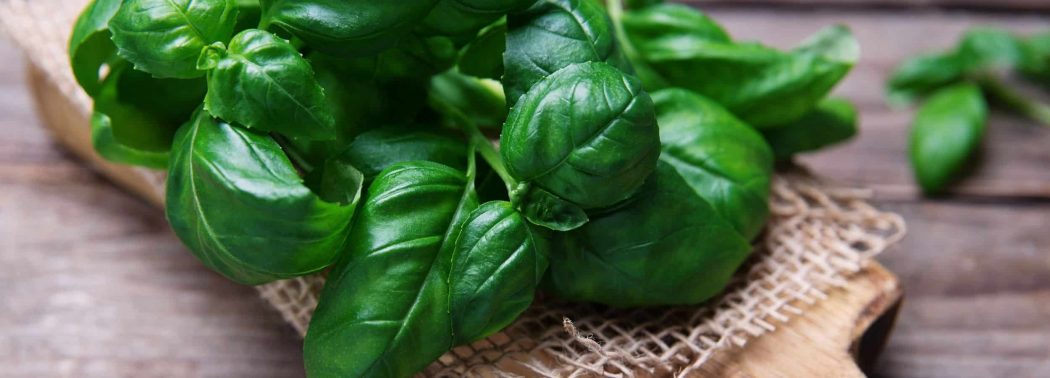
Minerals
Some of the minerals that basil contains are iron, manganese, calcium, and magnesium.
All of these are important in maintaining good functioning of the circulatory system, essential organs, and the osteo-skeletal system.
B vitamins
The vitamins in the B complex are essential for a number of body functions, such as making sure that your dog’s eyesight doesn’t get damaged as he grows older but also for maintaining proper nerve function.
How much to feed
A couple of basil leaves per week are not going to do your dog any harm, but overdoing it might create several problems. Moreover, if you have never given basil to your dog, it’s a good idea to start with just one leaf and assess your dog’s reaction.
Potential risks
Food allergies
When giving your dog a new food, you can’t know for sure whether it might create problems of any kind. Naturally, most dogs are not going to suffer an anaphylactic shock after eating basil, but you do not know if your pet is or is not allergic to this herb.
This is another reason why we recommend starting with small amounts only. Consult with your veterinarian if you are unsure about adding this herb to your dog’s diet.
The classic signs of an allergy that your pet might experience if he or she is allergic to basil are skin itching, redness, and in more severe forms, breathing difficulties.
Pesto toxicity
While basil itself might be harmless for 99% of all dogs across the world, pesto is not. Pesto contains other ingredients besides the herb, such as oil and most importantly, garlic.
Unfortunately, garlic is especially dangerous for pets, in general, and for dogs in particular. As such, this food product is a no-go and shouldn’t be fed to dogs.
Preparing the food
If your dog has nothing against nibbling on your basil plants, so long as you control the amount, you can leave him be. More often than not, the basil that you grow yourself is the healthiest version of all, given that those that you can sometimes get in stores might have been sprayed with insecticides or other such risky substances.
The best way to feed basil to dogs would be in the natural state of the herb, meaning raw.
That way, you know for sure that your dog gets all of the nutrients and the benefits that it can offer. All you have to do is rinse the leaves well before feeding them.
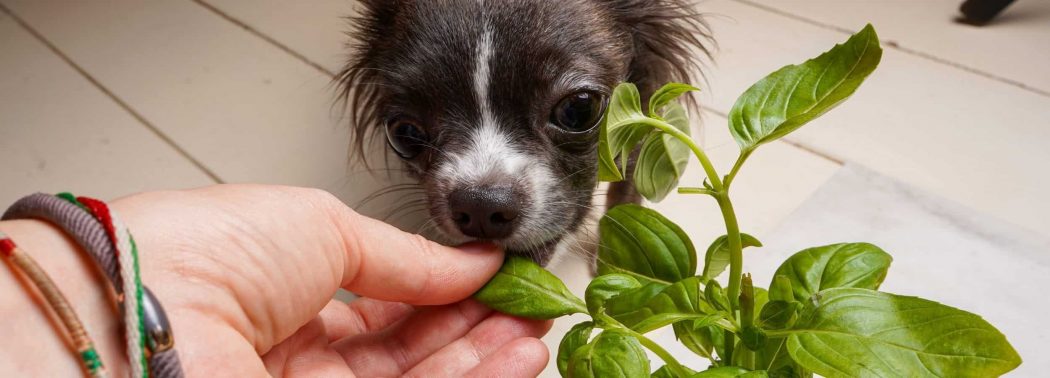
Serving ideas
Since not all dogs might be partial to eating raw basil, you might have to resort to using your creativity. If you cook chicken nuggets as treats for your dogs, you can use basil as an ingredient, but make sure not to burn the herb as it would be pointless — it would offer no benefits any longer.
Since basil has a potent smell and taste, some dogs might not appreciate it even as an ingredient in other foods. In that case, you can get a supplement that contains basil.
There are many on the market today in the form of capsules or powders, and they’re usually mixes of several different herbs and plants, such as turmeric, parsley, dandelion, and sometimes, even apple cider vinegar.
Conclusion
Basil is a herb that is safe to feed to dogs. Dogs can eat it in its raw form and as an ingredient in treats such as chicken nuggets, for example.
Just to be on the safe side of things, you should ask your veterinarian whether your dog’s specific health status allows you to give him basil or not. It should not create any problems whatsoever, but some dogs can have digestive sensitivities, or they can even be allergic to basil or the ingredients in pesto.
In moderation, basil can supply your dog with antioxidants, B, A, and C vitamins and minerals for a healthy immune system. Organic basil is the best option as it contains no traces of weed killers or pesticides.
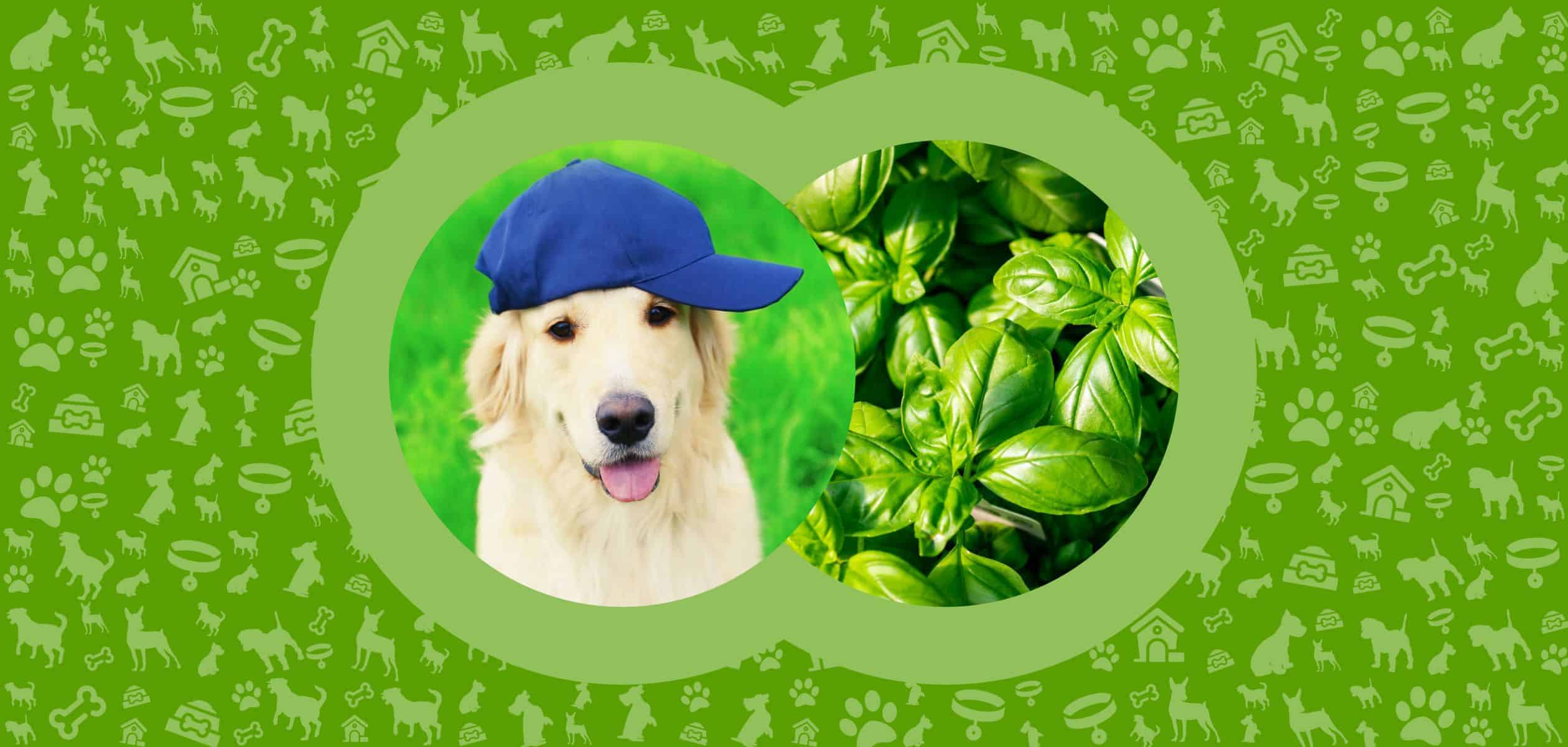
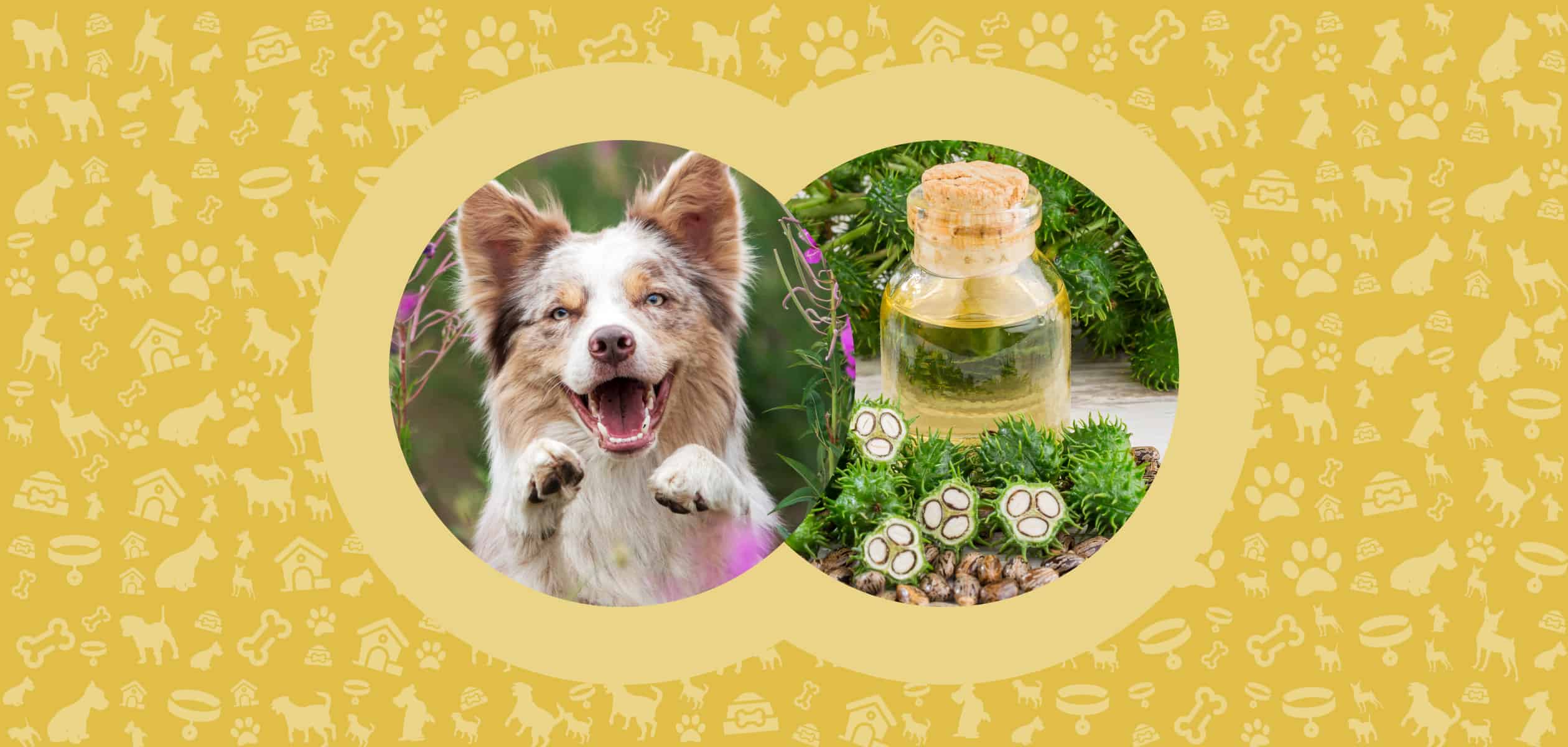

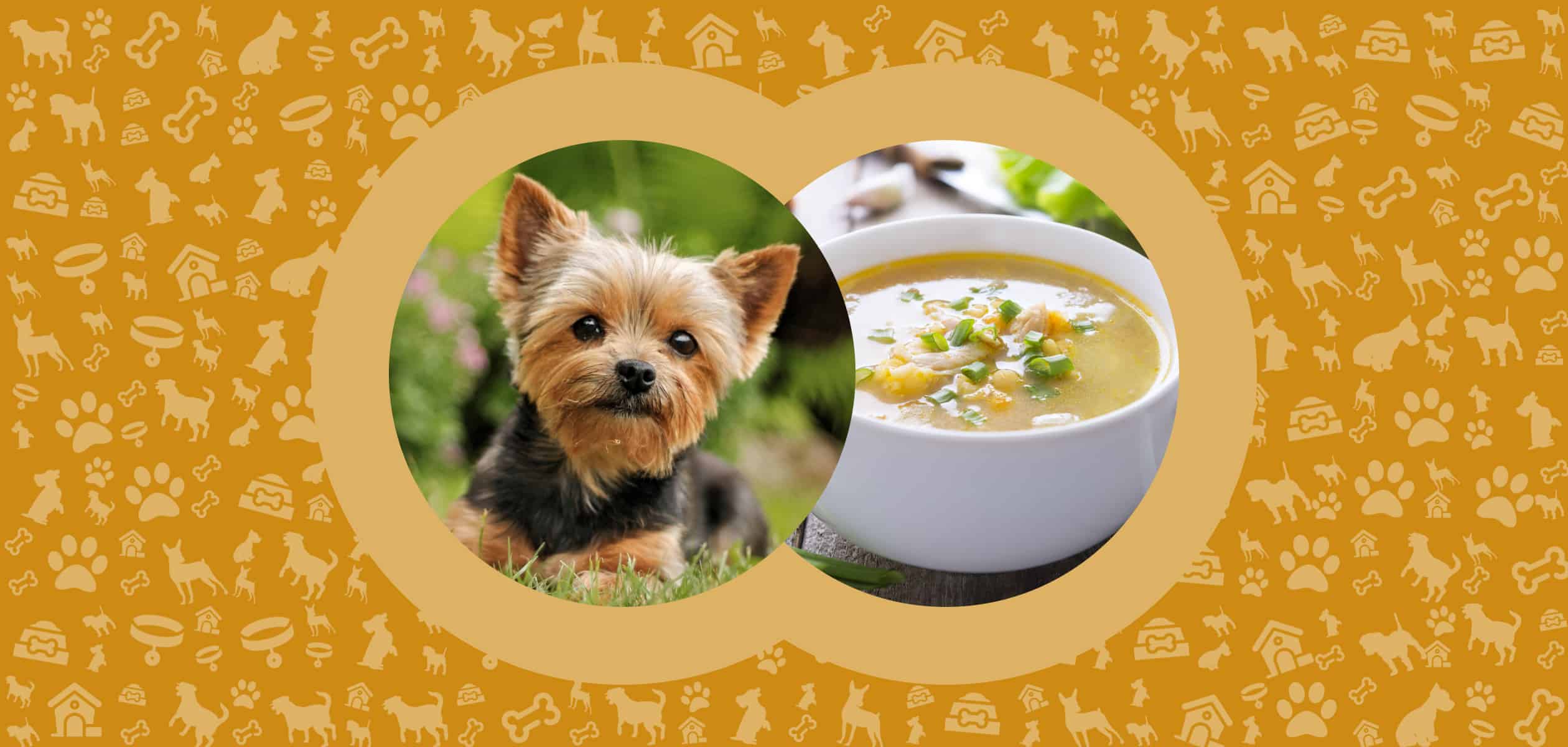
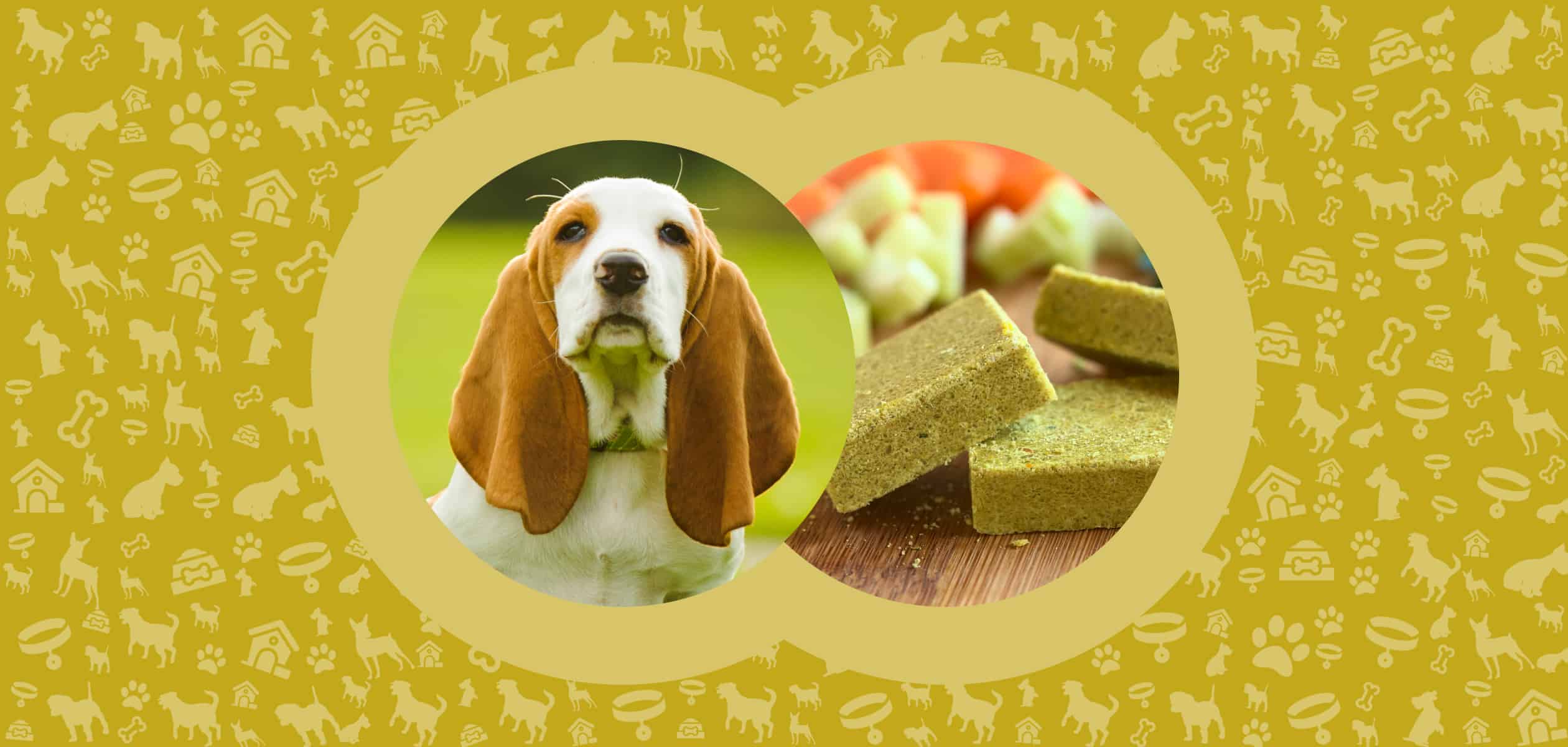


Leave a Comment